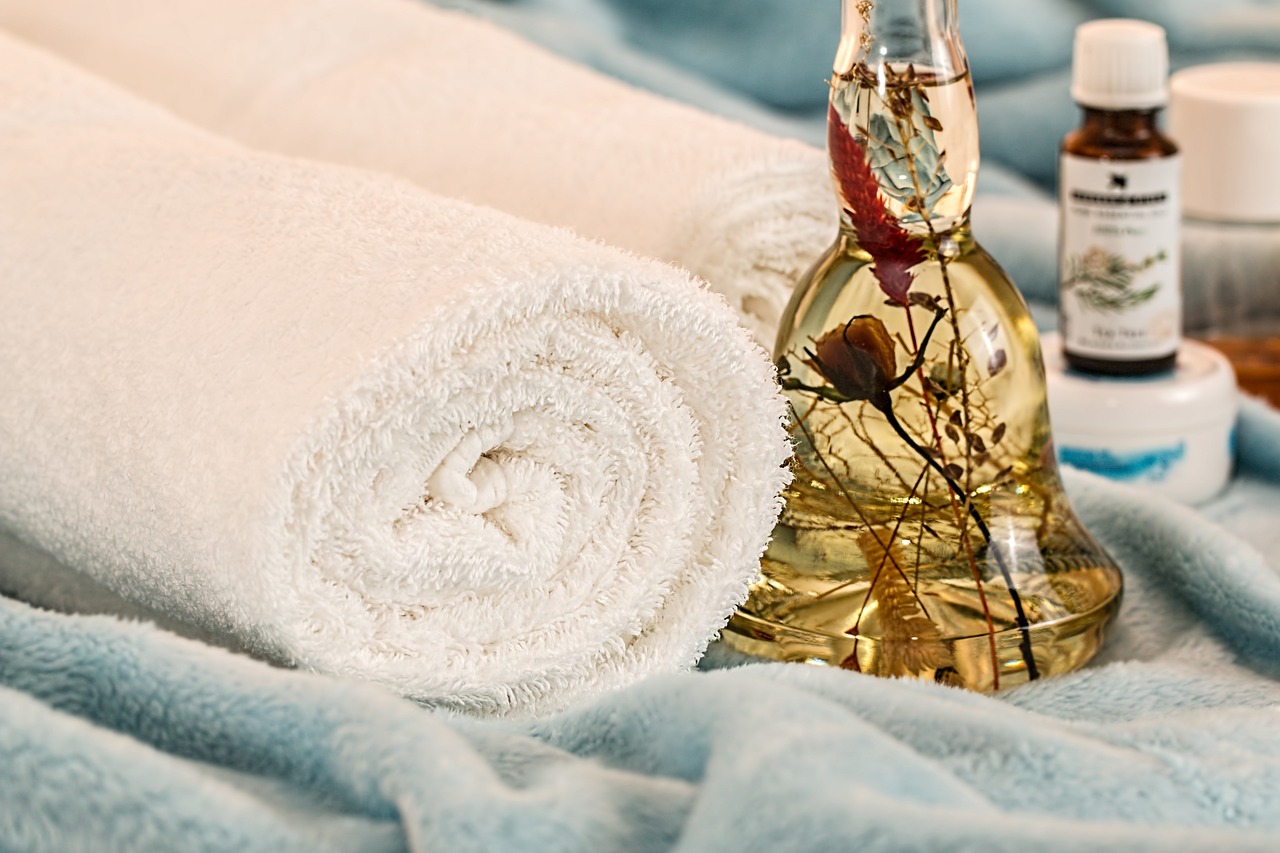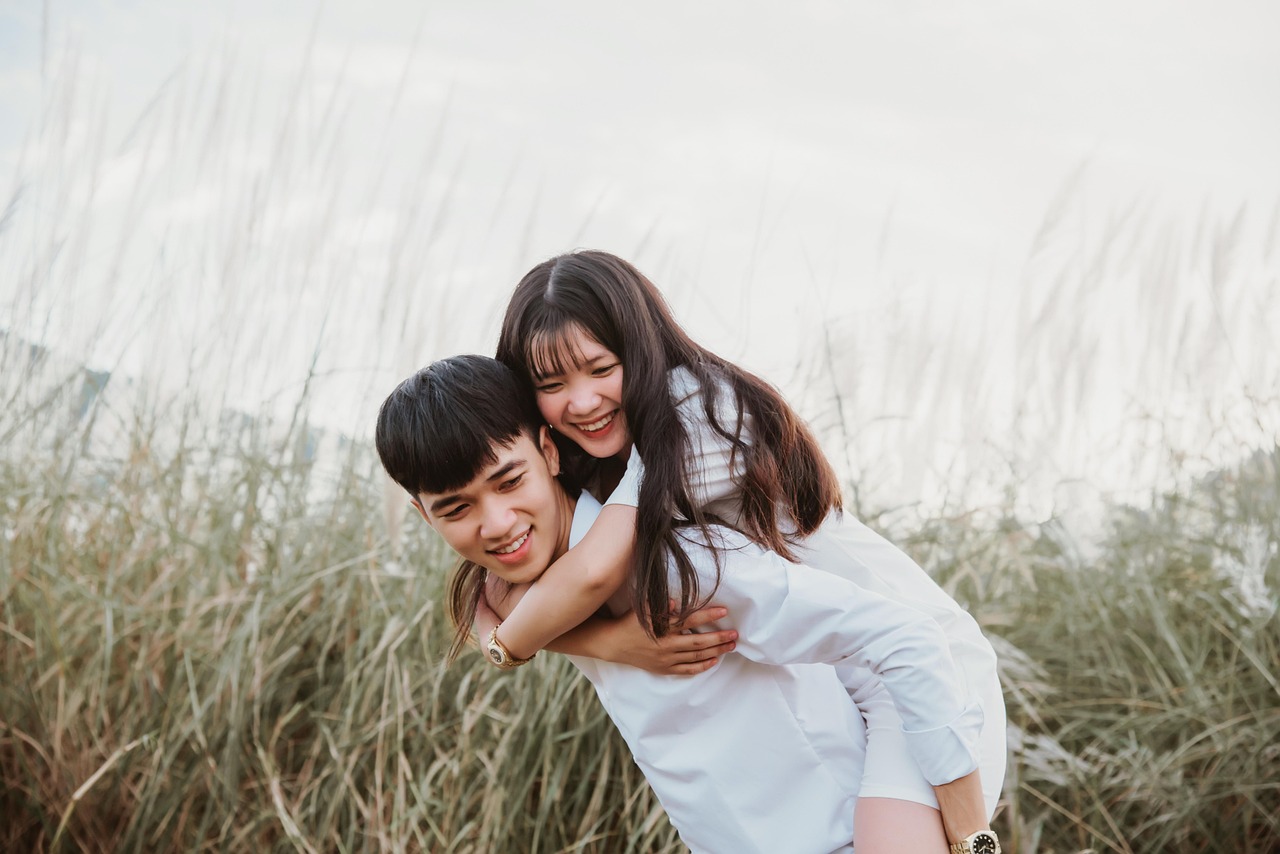This article delves into the rich tapestry of Asian massage styles, examining their unique origins, techniques, and health benefits. By exploring these practices, readers will discover how they can significantly enhance their overall well-being and promote deep relaxation.
What Are the Different Types of Asian Massage?
Asian massage comprises a wide array of styles, each rooted in distinct cultural traditions and philosophies. Some of the most renowned forms include:
- Thai Massage
- Shiatsu
- Tui Na
- Ayurvedic Massage
Thai Massage: A Holistic Approach
Originating in Thailand, this massage style merges acupressure, yoga, and meditation. The techniques involve stretching and applying pressure to energy lines, which can alleviate tension and improve flexibility.
Shiatsu: The Art of Finger Pressure
Shiatsu, a traditional Japanese practice, employs finger pressure along meridian lines to promote energy flow. This method can effectively treat various ailments, including headaches and muscle pain.
Tui Na: Traditional Chinese Medicine in Practice
Rooted in Traditional Chinese Medicine, Tui Na utilizes a combination of acupressure and manipulation techniques to restore balance within the body. It is particularly beneficial for chronic pain and stress relief.
Ayurvedic Massage: Balancing Mind and Body
Focusing on the balance of doshas, Ayurvedic massage uses specific oils and techniques tailored to individual needs, promoting both physical and mental wellness.
Benefits of Asian Massage Styles
Incorporating Asian massage into your routine can lead to numerous benefits, including:
- Enhanced relaxation
- Pain relief
- Improved circulation
- Stress reduction
The Role of Breath in Asian Massage Techniques
Breathwork is integral to many Asian massage styles, enhancing relaxation and therapeutic effects. Practitioners often guide clients in proper breathing techniques to maximize benefits.
Choosing the Right Massage Style for Your Needs
Selecting the appropriate massage style can be challenging. Consider your personal preferences, health goals, and any specific ailments to find the best fit.
What to Expect During an Asian Massage Session
Understanding the structure of a typical session can enhance your experience. Sessions generally involve consultation, preparation, and a tailored approach using various techniques.
Common Misconceptions About Asian Massage
Many myths surround Asian massage practices, such as the belief that they are only for relaxation. In reality, these therapies can address a wide range of health issues.
Integrating Asian Massage into Your Wellness Routine
To reap the full benefits, consider incorporating Asian massage into your regular self-care regimen. Regular sessions can lead to lasting improvements in both physical and mental health.
Finding Qualified Asian Massage Practitioners
Finding a skilled practitioner is crucial for a positive experience. Look for therapists with proper credentials, experience, and positive reviews to ensure quality care.

What Are the Different Types of Asian Massage?
Asian massage is a rich tapestry of techniques and philosophies, each offering unique benefits and experiences. This diversity stems from centuries of tradition, cultural influences, and a deep understanding of the human body and mind. In this section, we will explore some of the most popular forms of Asian massage, including Thai, Shiatsu, and Tui Na, highlighting their distinctive characteristics and benefits.
- Thai Massage: Originating from Thailand, this style is often described as a form of assisted yoga. It incorporates stretching, acupressure, and rhythmic compression, aiming to enhance flexibility and promote energy flow throughout the body. Practitioners use their hands, feet, and even elbows to apply pressure along energy lines, or “Sen,” creating a holistic experience that nurtures both body and mind.
- Shiatsu: A Japanese massage technique, Shiatsu translates to “finger pressure.” This method emphasizes applying pressure along meridian lines to restore balance and facilitate the body’s natural healing processes. Shiatsu practitioners utilize their fingers, palms, and thumbs to work on specific points, focusing on relieving tension and improving overall health. This therapy is particularly beneficial for stress relief and promoting relaxation.
- Tui Na: As a key component of Traditional Chinese Medicine (TCM), Tui Na is a hands-on therapy that uses various techniques such as kneading, rolling, and pressing. It aims to stimulate the body’s energy or “Qi,” helping to alleviate pain and improve circulation. Tui Na is often used to treat specific ailments, making it a targeted approach to wellness.
Each of these massage styles not only offers physical benefits but also promotes mental and emotional well-being. By understanding the unique attributes of Thai, Shiatsu, and Tui Na, individuals can make informed choices about which style aligns best with their personal health goals and preferences.
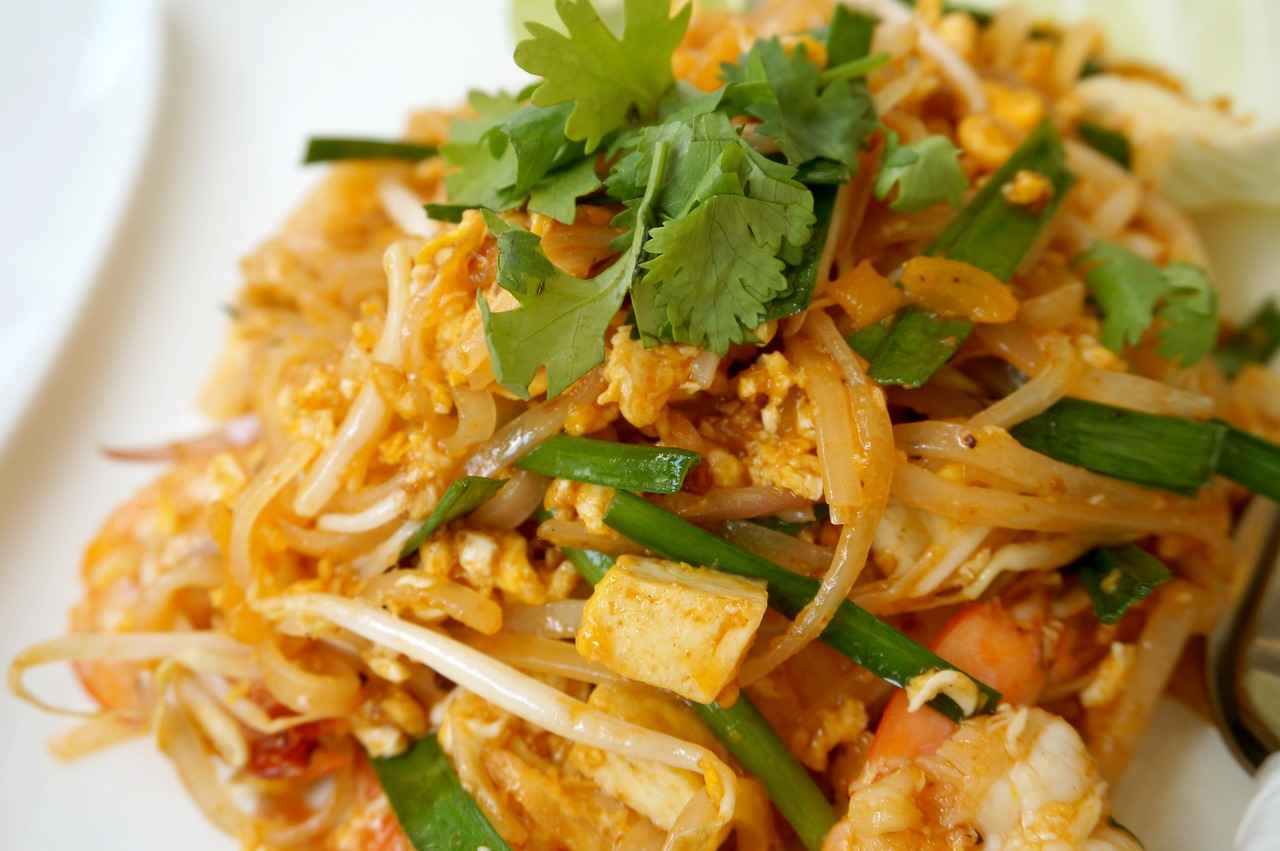
Thai Massage: A Holistic Approach
Thai massage is a unique and ancient healing practice that integrates various techniques to promote both physical and mental well-being. This holistic approach combines elements of acupressure, yoga, and meditation, creating a comprehensive experience that addresses the body and mind simultaneously.
The origins of Thai massage can be traced back over 2,500 years, influenced by traditional Indian medicine and Buddhist philosophy. It was developed by monks who sought to create a method that not only alleviated physical ailments but also fostered spiritual growth. Today, it is recognized worldwide for its therapeutic benefits.
Thai massage techniques are distinct from other forms of massage. Practitioners use their hands, elbows, knees, and feet to apply pressure along the body’s energy lines, known as Sen lines. This technique is often accompanied by gentle stretching, akin to yoga, which enhances flexibility and promotes relaxation. The incorporation of meditative practices helps to calm the mind, allowing for a deeper state of relaxation.
| Benefits of Thai Massage | Description |
|---|---|
| Improved Flexibility | Stretching techniques help increase range of motion. |
| Pain Relief | Pressure applied to specific points can alleviate chronic pain. |
| Stress Reduction | Combining physical and mental relaxation techniques helps reduce anxiety. |
| Enhanced Circulation | Stimulates blood flow, promoting overall health. |
During a typical Thai massage session, clients remain fully clothed and are guided through a series of stretches and pressure applications. The experience is often described as both invigorating and deeply relaxing, making it suitable for individuals seeking stress relief or physical rehabilitation.
In summary, Thai massage is a holistic practice that offers a multitude of health benefits. By combining acupressure, yoga, and meditation, it provides a comprehensive approach to wellness that nurtures both the body and mind.
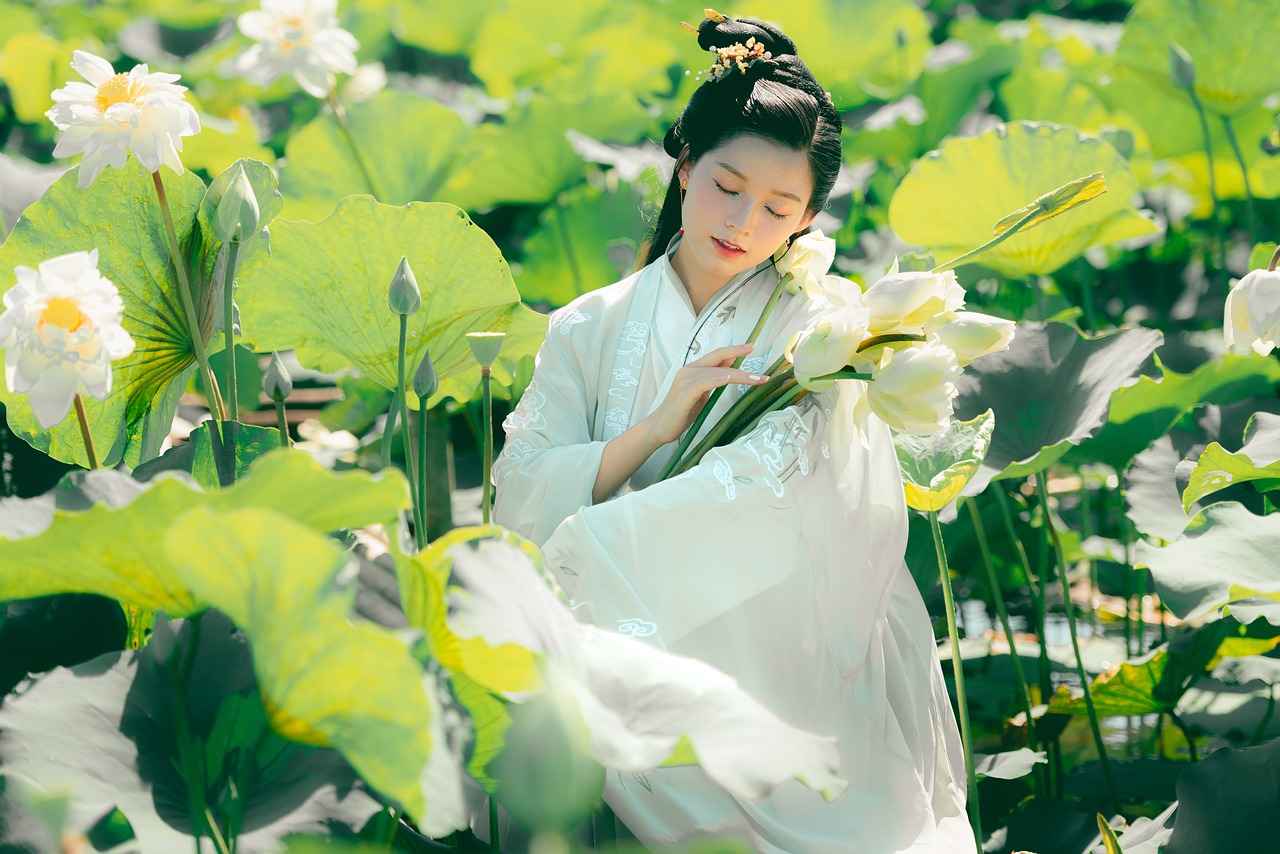
Shiatsu: The Art of Finger Pressure
Shiatsu is a traditional Japanese massage technique that focuses on applying finger pressure along specific meridian lines in the body. This practice is deeply rooted in the principles of Traditional Chinese Medicine, emphasizing the flow of Qi (life energy) and the balance of Yin and Yang. Shiatsu aims to promote overall health and well-being by addressing both physical and emotional ailments.
The core principle of Shiatsu is the belief that energy flows through the body along pathways known as meridians. When these pathways become blocked or imbalanced, it can lead to various health issues. By applying pressure to specific points, practitioners can help restore balance and facilitate the natural healing process.
Shiatsu techniques vary but generally involve the use of fingers, palms, elbows, and even feet to apply pressure. The massage is typically performed on a futon mat on the floor, allowing for a more grounded approach. Practitioners use their body weight to deliver effective pressure, ensuring that each application is both gentle and firm.
- Benefits: Shiatsu is known to alleviate stress, reduce tension, and improve circulation. It can also aid in relieving headaches, back pain, and digestive issues.
- Emotional Healing: Beyond physical benefits, Shiatsu can help release emotional blockages, promoting a sense of relaxation and mental clarity.
- Personalized Treatment: Each session is tailored to the individual’s needs, allowing practitioners to focus on specific areas of concern.
During a Shiatsu session, clients are encouraged to wear loose, comfortable clothing. The practitioner will assess the client’s condition and may ask questions about their health and lifestyle. This holistic approach ensures that the treatment is effective and aligned with the client’s overall wellness goals.
In conclusion, Shiatsu is more than just a massage; it is a comprehensive therapy that can enhance both physical and emotional health. Its unique techniques and principles make it a valuable practice for anyone seeking a deeper connection to their body and mind.
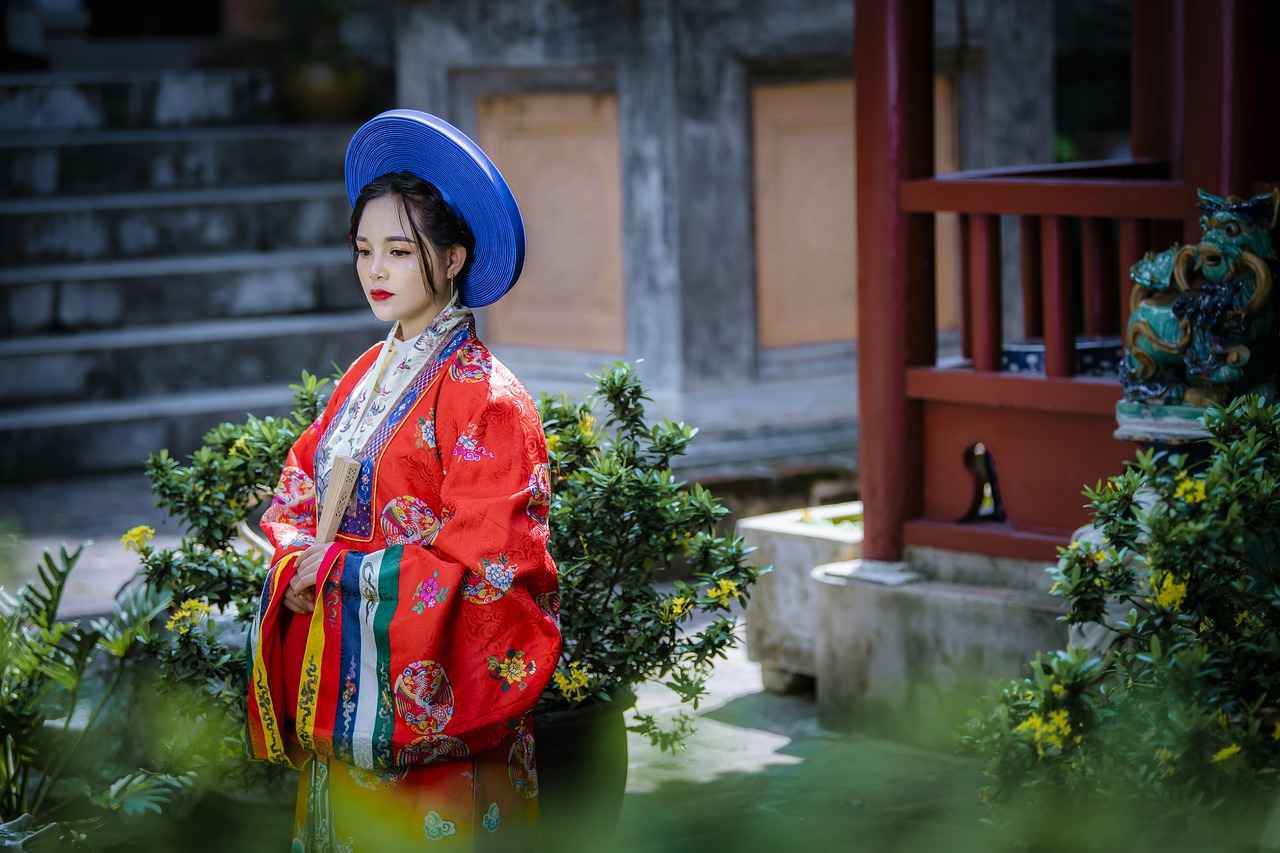
Tui Na: Traditional Chinese Medicine in Practice
Tui Na is a unique and ancient form of bodywork that is deeply rooted in Traditional Chinese Medicine (TCM). Unlike Western massage techniques, Tui Na focuses on the flow of Qi (pronounced “chee”), the vital life force that circulates through the body. This therapy employs various techniques, including kneading, rolling, and pressing, to stimulate specific points along the body’s meridians, promoting overall health and well-being.
One of the key principles of Tui Na is its ability to address not only physical ailments but also emotional and mental imbalances. By restoring the flow of Qi, Tui Na can help alleviate symptoms such as chronic pain, stress, and anxiety. Practitioners often tailor their techniques to the individual’s specific needs, making each session a personalized experience.
- Methods: Tui Na incorporates a variety of methods including acupressure, stretching, and joint mobilization. These techniques work together to enhance circulation, reduce muscle tension, and promote healing.
- Applications: Tui Na is effective for a range of conditions, including musculoskeletal issues, digestive disorders, and even respiratory problems. It is often used in conjunction with other TCM practices, such as acupuncture and herbal medicine.
- Promoting Balance: The ultimate goal of Tui Na is to restore balance within the body. By addressing both physical and energetic imbalances, Tui Na fosters a holistic approach to health.
In addition to its therapeutic benefits, Tui Na is also a deeply relaxing experience. Many clients report a sense of calm and rejuvenation following their sessions. As a practice that emphasizes the interconnectedness of body and mind, Tui Na encourages individuals to cultivate awareness of their own health and well-being.
Incorporating Tui Na into your wellness routine can lead to significant improvements in both physical and emotional health. Whether you’re seeking relief from specific ailments or simply looking to enhance your overall vitality, Tui Na offers a comprehensive approach to healing.
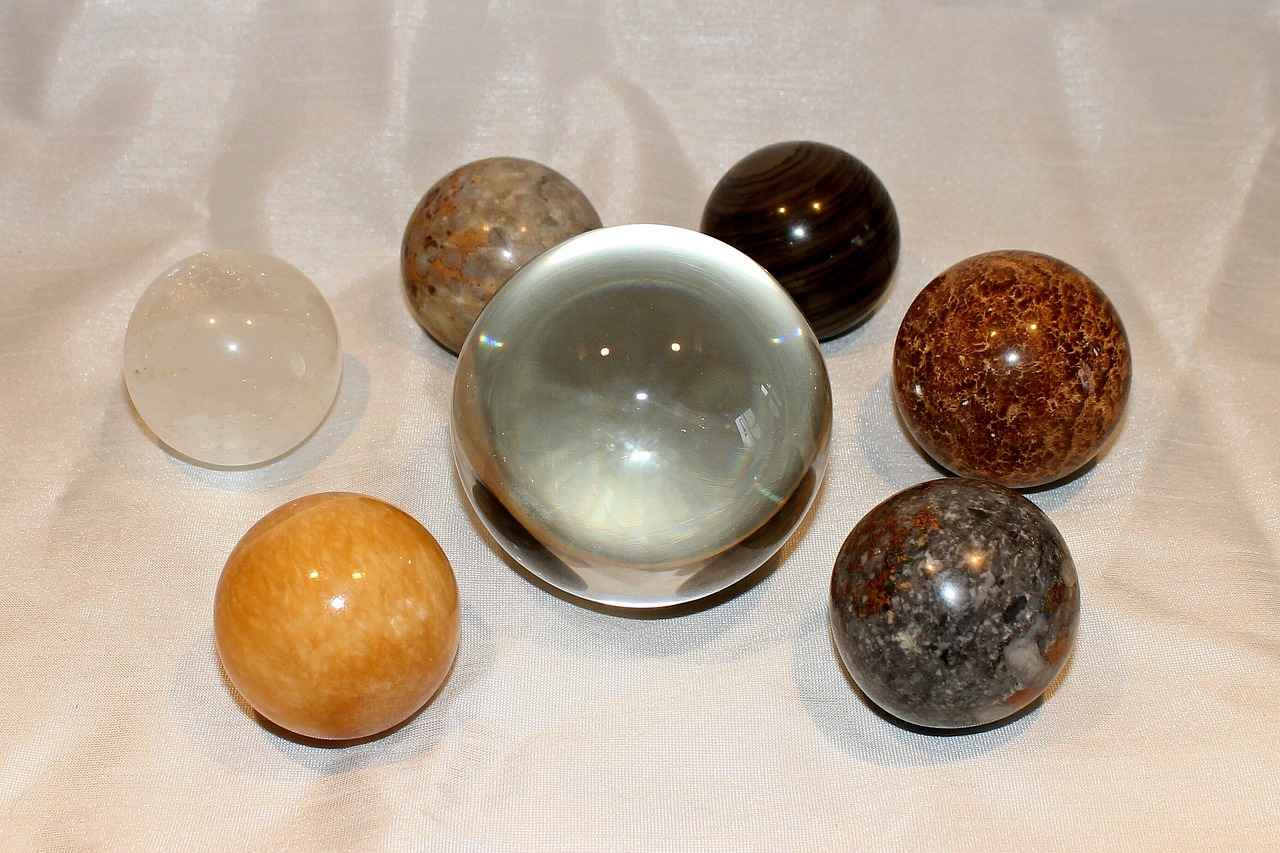
Ayurvedic Massage: Balancing Mind and Body
Ayurvedic massage is a holistic practice rooted in the ancient Indian system of Ayurveda, which emphasizes the balance of the body’s energies, known as doshas. This unique form of massage aims to promote overall wellness by harmonizing the mind, body, and spirit.
One of the defining features of Ayurvedic massage is its use of warm, herbal oils tailored to the individual’s dosha. These oils are infused with natural ingredients that not only nourish the skin but also penetrate deeply to relieve tension and enhance circulation. The choice of oil is crucial, as it aligns with the specific needs of the person receiving the treatment. For instance, Vata dosha individuals may benefit from grounding oils like sesame, while Pitta dosha types might prefer cooling oils such as coconut.
During an Ayurvedic massage session, practitioners employ a variety of techniques, including long, flowing strokes, gentle kneading, and rhythmic tapping. These methods are designed to stimulate the body’s energy pathways, known as nadis, and release accumulated toxins. The experience is not just physical; it also incorporates elements of mindfulness and breathwork, which are essential for achieving mental clarity and emotional balance.
The benefits of Ayurvedic massage extend beyond mere relaxation. Regular sessions can significantly improve mental health by reducing stress and anxiety levels. The deep relaxation achieved during the massage promotes the release of endorphins, the body’s natural mood elevators. Furthermore, this practice enhances physical health by improving circulation, boosting the immune system, and alleviating chronic pain.
Incorporating Ayurvedic massage into your wellness routine can lead to profound changes in both body and mind. Whether you seek relief from stress or simply wish to enhance your overall vitality, this ancient practice offers a path to holistic well-being.
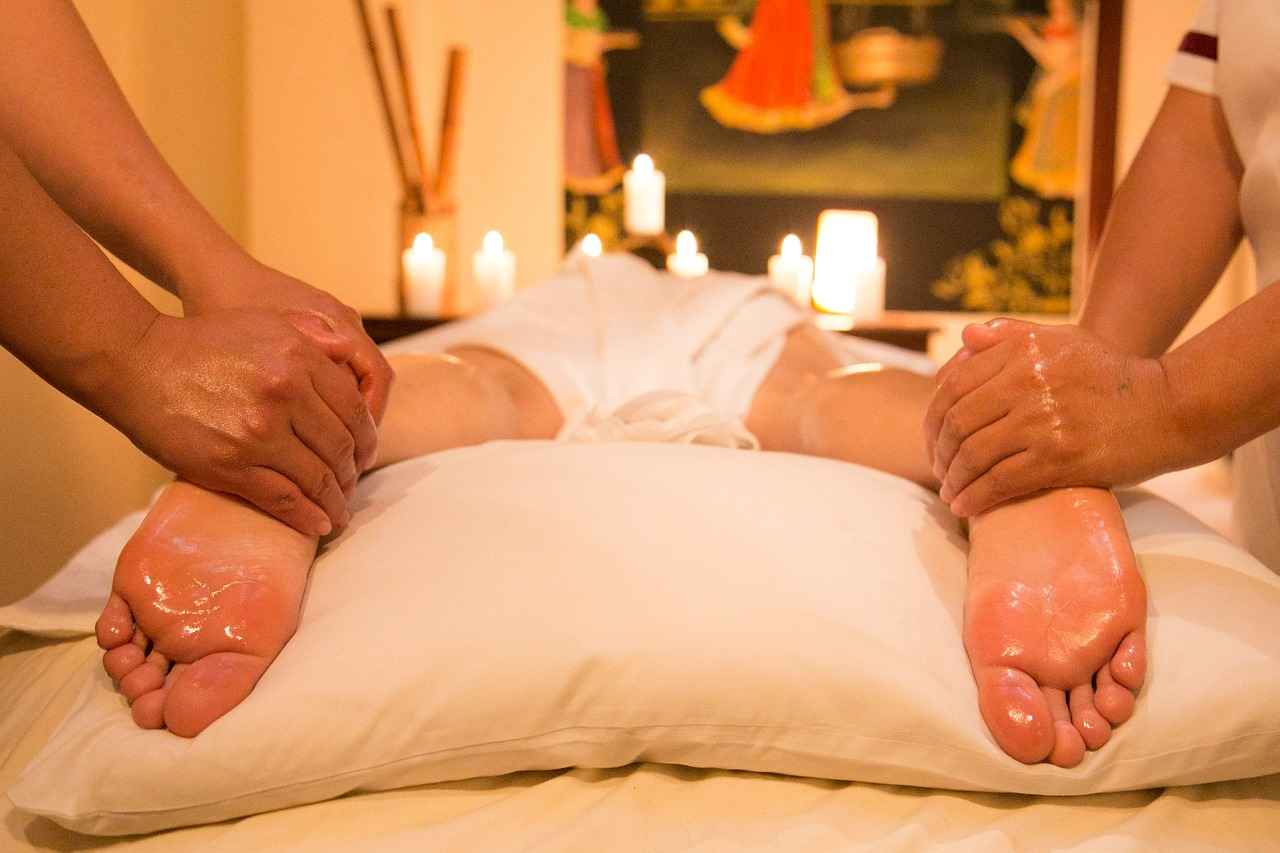
Benefits of Asian Massage Styles
Asian massage encompasses a variety of techniques that have been practiced for centuries, each offering unique benefits that contribute to overall well-being. These practices not only provide physical relief but also foster emotional and mental health, making them invaluable in today’s fast-paced world.
One of the primary benefits of Asian massage styles is pain relief. Techniques such as Shiatsu and Tui Na target specific pressure points, helping to alleviate chronic pain, tension, and muscle soreness. Regular sessions can lead to a significant reduction in discomfort, enhancing mobility and promoting a more active lifestyle.
In addition to physical benefits, Asian massage is renowned for its ability to reduce stress and anxiety. The calming techniques used in Thai massage and Ayurvedic massage encourage relaxation and mindfulness, allowing individuals to escape from daily pressures. This reduction in stress not only improves mood but also contributes to better sleep quality and a more balanced emotional state.
Moreover, these massage practices can enhance mental clarity and focus. By promoting blood circulation and releasing endorphins, clients often report improved cognitive function and a heightened sense of awareness. This is particularly beneficial for those who struggle with concentration or mental fatigue.
Furthermore, incorporating Asian massage into one’s routine can lead to improved overall wellness. The holistic approach of these therapies emphasizes the interconnectedness of the body, mind, and spirit. By addressing physical ailments while also nurturing emotional health, individuals can achieve a more harmonious state of being.
In summary, the diverse styles of Asian massage offer a multitude of benefits that extend beyond mere relaxation. From pain relief and stress reduction to enhanced mental clarity, these practices can significantly improve quality of life, making them a valuable addition to any wellness regimen.

The Role of Breath in Asian Massage Techniques
Breathing is often regarded as a fundamental aspect of life, but its significance extends deeply into the realm of Asian massage techniques. In various styles, the integration of breathwork not only enhances the overall experience but also amplifies the therapeutic benefits. Understanding how breath influences massage can transform your practice and deepen relaxation.
In Thai massage, for instance, practitioners encourage clients to synchronize their breath with movements. This rhythmic breathing facilitates a state of calm, allowing for greater flexibility and release of tension. The combination of deep, conscious breaths with stretches can lead to a profound sense of well-being.
Shiatsu massage, rooted in Japanese tradition, also emphasizes breath as a vital component. As pressure is applied along meridian lines, clients are guided to focus on their breathing. This focus helps in channeling energy flow and enhances the effectiveness of the treatment. Proper breathing techniques can help in alleviating stress and promoting emotional balance.
Similarly, in Tui Na, a form of Chinese therapeutic massage, breathwork plays a crucial role. Practitioners often instruct clients to breathe deeply during specific techniques, which aids in the release of blockages and promotes healing. The connection between breath and movement allows for a more profound therapeutic experience.
In Ayurvedic massage, breath is considered a bridge between the mind and body. Techniques often incorporate breathing exercises that prepare the individual for the massage, enhancing the absorption of oils and the benefits of the treatment. This holistic approach underscores the importance of breath in achieving balance.
Ultimately, the role of breath in Asian massage techniques cannot be overstated. It serves as a powerful tool for relaxation, healing, and enhancing the overall experience. By incorporating breathwork into these practices, individuals can unlock deeper levels of relaxation and well-being.
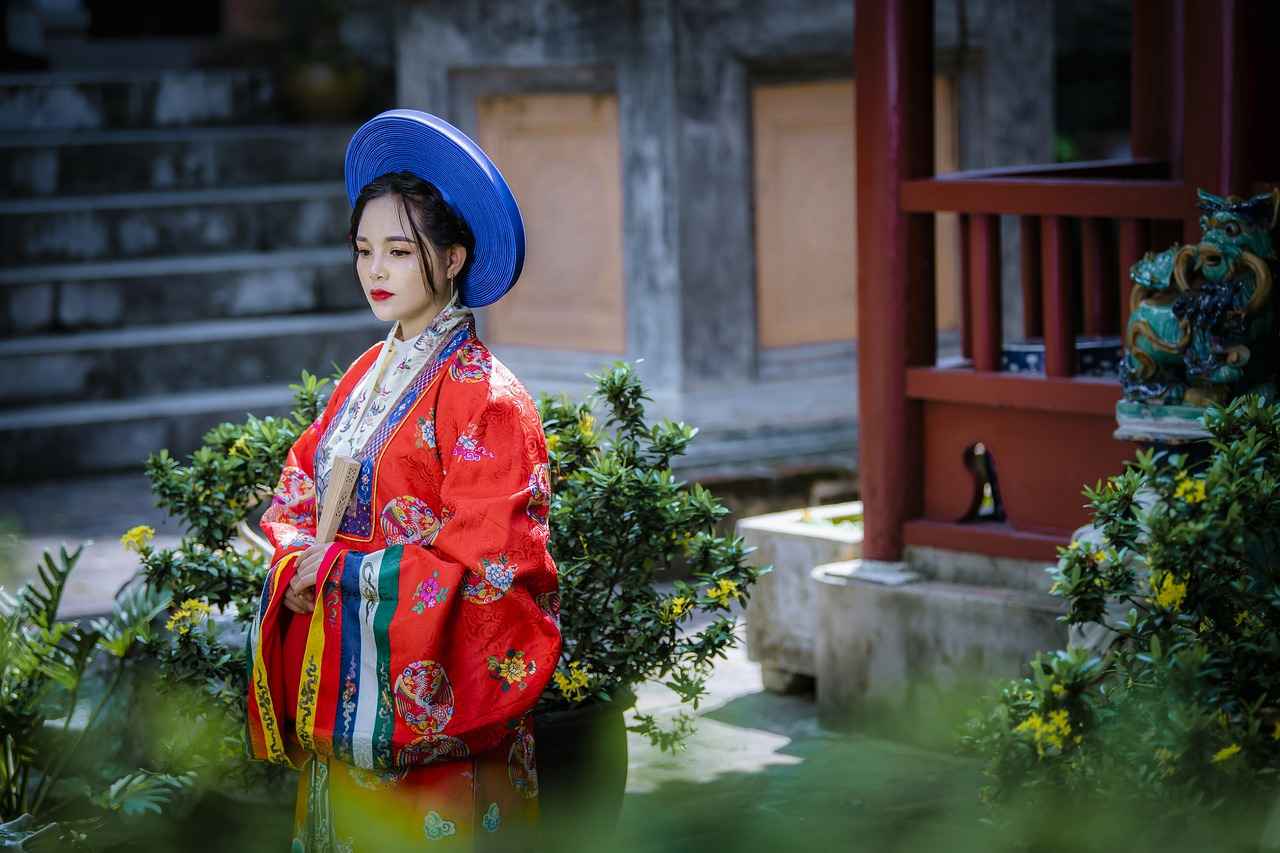
Choosing the Right Massage Style for Your Needs
When it comes to selecting the right massage style, the vast array of options can indeed feel overwhelming. Each massage type offers unique techniques and benefits, making it essential to consider your personal preferences and health goals.
To help you navigate this journey, here are some key factors to consider:
- Personal Preferences: Reflect on what you enjoy. Do you prefer gentle, soothing techniques, or are you looking for something more vigorous? For instance, if you enjoy stretching and deep pressure, Thai massage might be ideal, whereas Spa-style massages may offer a more relaxing experience.
- Health Goals: Identify what you hope to achieve. Are you seeking relief from chronic pain, stress reduction, or improved flexibility? Different styles cater to various needs. Shiatsu is excellent for tension relief, while Tui Na is effective for alignment and balance.
- Physical Conditions: Consider any specific health conditions you may have. Certain techniques might be contraindicated for some issues. Always consult with a healthcare provider or a qualified massage therapist to ensure safety.
- Therapist Expertise: The skill level of the therapist can greatly influence your experience. Look for practitioners who specialize in the style you are interested in. Their expertise will enhance the effectiveness of the massage.
- Environment: The setting can also impact your relaxation. A tranquil and comfortable environment is crucial for enjoying your massage. Ensure the space is conducive to relaxation, with soft lighting and soothing sounds.
By taking these factors into account, you can make a more informed decision about which massage style aligns with your needs. Remember, the ultimate goal is to achieve a sense of well-being and relaxation, enhancing your overall health.
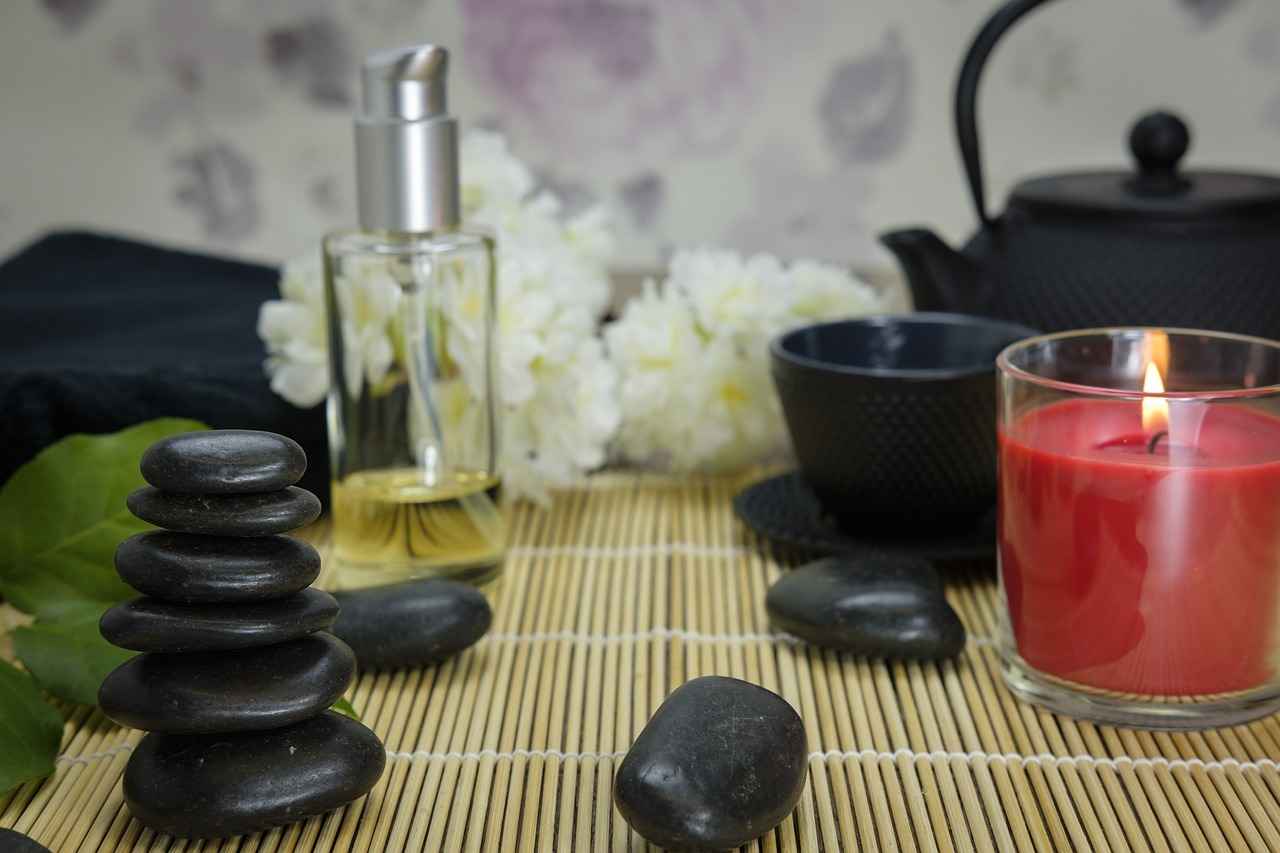
What to Expect During an Asian Massage Session
Understanding what to expect during an Asian massage session can significantly enhance your overall experience. Each session is structured to promote relaxation and healing, and being informed about the process can make it more enjoyable.
Preparation for Your Session
- Arrive Early: Aim to arrive at least 15 minutes before your appointment. This allows you to fill out any necessary paperwork and start to unwind.
- Communicate Your Needs: Before the massage begins, discuss any specific areas of tension or discomfort with your therapist. This helps tailor the session to your needs.
- Dress Comfortably: Wear loose-fitting clothing or bring a change of clothes that allows for ease of movement, especially for styles like Thai massage.
Techniques Used During the Session
Asian massage encompasses various techniques that may vary depending on the style. Common methods include:
- Acupressure: Applying pressure to specific points on the body to relieve tension and improve energy flow.
- Stretching: Incorporating yoga-like stretches, especially in Thai massage, to enhance flexibility and relaxation.
- Gentle Manipulation: Techniques used in Shiatsu and Tui Na involve rhythmic pressing and kneading to alleviate discomfort.
Post-Massage Recommendations
After your session, it’s essential to take steps to maximize the benefits:
- Stay Hydrated: Drink plenty of water to help flush out toxins released during the massage.
- Rest: Allow your body time to recover and absorb the benefits of the treatment.
- Follow Up: Consider scheduling regular sessions for ongoing benefits and to address any recurring issues.
By understanding the typical structure of an Asian massage session, you can fully engage in the experience and reap the numerous benefits it offers.
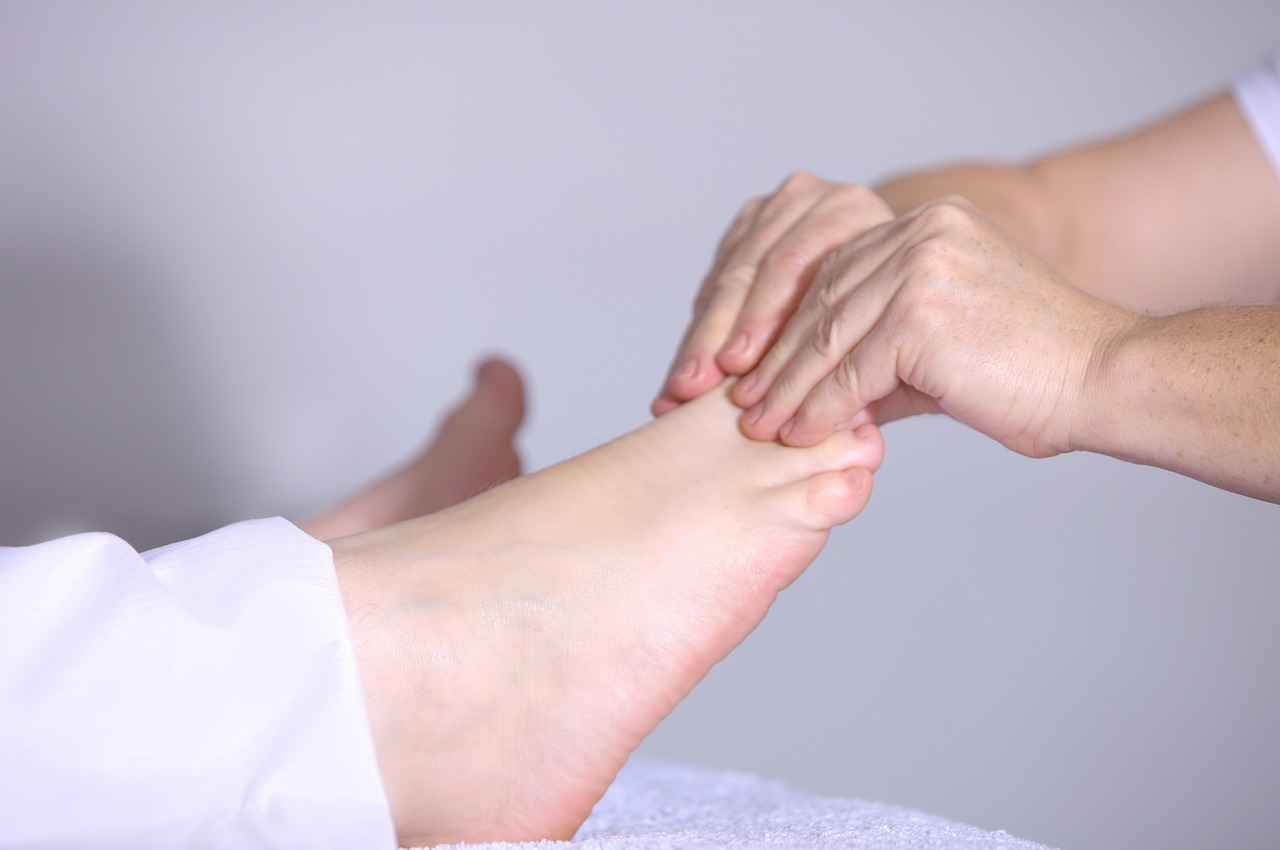
Common Misconceptions About Asian Massage
Asian massage practices are often surrounded by a cloud of misconceptions that can lead to misunderstandings about their true nature and benefits. This section aims to debunk these myths and provide a clearer understanding of what these therapies entail.
- Myth 1: Asian massage is only about relaxation.
- Myth 2: All Asian massages are painful.
- Myth 3: Asian massage is only for physical issues.
- Myth 4: You must be flexible to benefit from Asian massages.
- Myth 5: All Asian massages are the same.
While relaxation is a significant benefit, many Asian massage styles, such as Tui Na and Shiatsu, focus on therapeutic healing and addressing specific ailments. These techniques often incorporate acupressure and manipulation to promote overall health.
Some individuals believe that the pressure used in Asian massages is excessively painful. In reality, practitioners tailor the intensity to the client’s comfort level. The goal is to alleviate tension without causing discomfort.
Many people overlook the mental and emotional benefits of Asian massage. Techniques such as Thai massage and Ayurvedic massage also focus on mental clarity and emotional balance, making them holistic approaches to wellness.
This is a common misconception. Asian massage techniques are designed to accommodate various body types and flexibility levels. The practices aim to enhance mobility and relaxation rather than require pre-existing flexibility.
Asian massage encompasses a wide range of styles, each with its unique techniques and philosophies. From Shiatsu to Tui Na, the differences in approach and focus can significantly affect the overall experience and benefits.
By addressing these misconceptions, individuals can approach Asian massage with a more informed perspective, allowing them to fully appreciate the variety of techniques and the profound benefits they offer.
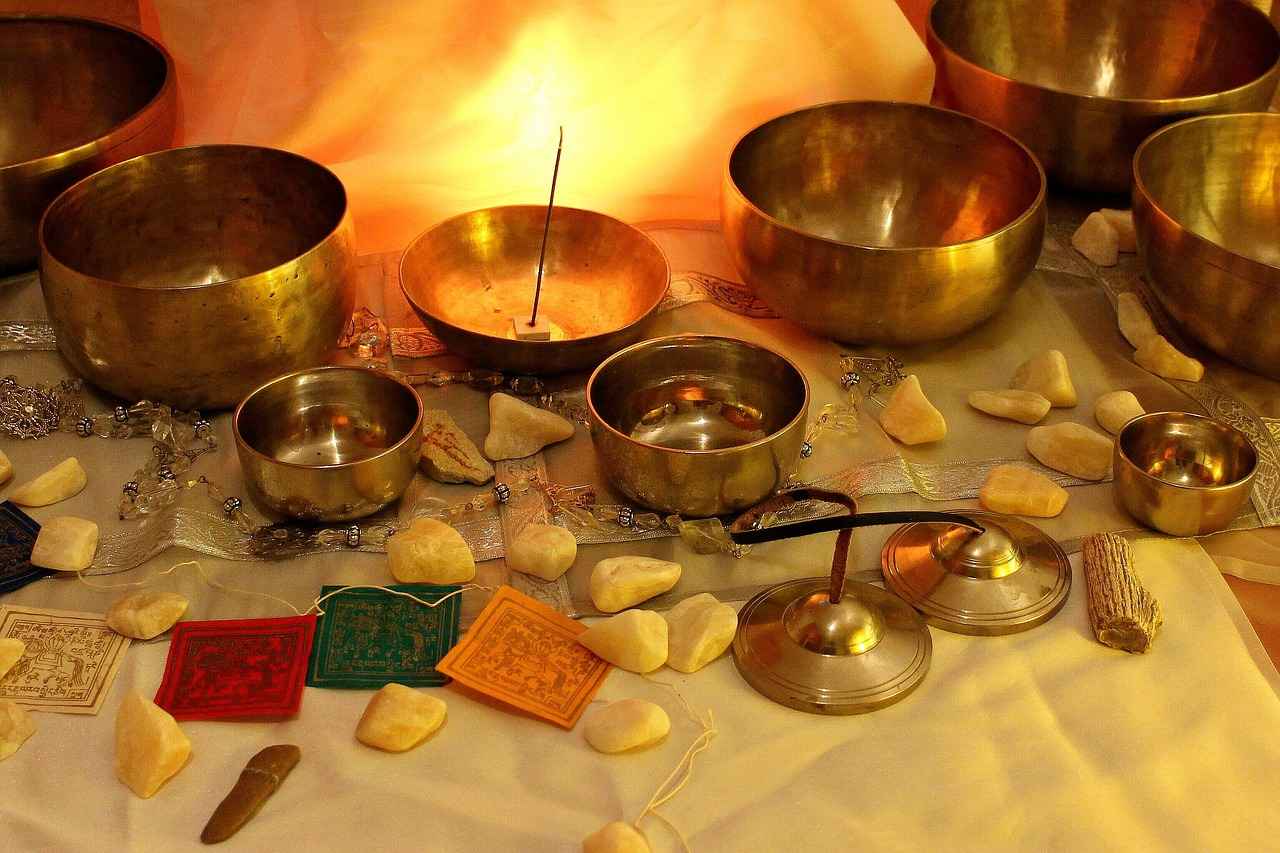
Integrating Asian Massage into Your Wellness Routine
Incorporating Asian massage into your regular wellness routine can significantly enhance your overall health and well-being. With a variety of techniques and styles available, these therapies offer unique benefits that can be tailored to suit individual needs. Here are some practical tips to help you make Asian massage a consistent part of your self-care regimen.
- Schedule Regular Sessions: Just as you would schedule a workout or a doctor’s appointment, set aside time for massage therapy. Aim for at least once a month to maintain the benefits.
- Explore Different Styles: Experiment with various types of Asian massage, such as Thai, Shiatsu, or Tui Na. Each style has its unique approach and benefits, allowing you to find what resonates best with you.
- Combine with Other Wellness Practices: Enhance the effects of massage by integrating it with practices like yoga, meditation, or aromatherapy. This holistic approach can amplify relaxation and healing.
- Communicate with Your Practitioner: Be open about your needs and any specific concerns during your sessions. A qualified therapist can tailor the experience to address your individual goals.
- Maintain a Healthy Lifestyle: Complement your massage routine with a balanced diet, regular exercise, and adequate sleep. This synergy will maximize the benefits you receive from your sessions.
- Practice Mindfulness: Incorporate mindfulness techniques during your massage. Focus on your breath and sensations in your body to deepen relaxation and enhance the therapeutic effects.
By following these tips, you can seamlessly integrate Asian massage into your wellness routine, ensuring that you reap the numerous benefits these ancient practices offer. Remember, consistency is key to achieving long-term health improvements and maintaining a balanced lifestyle.

Finding Qualified Asian Massage Practitioners
When it comes to experiencing the benefits of Asian massage, finding a qualified practitioner is crucial for ensuring a positive and effective experience. With a variety of massage styles available, it is important to know how to identify skilled therapists who are well-versed in these ancient techniques. Here are some valuable tips on how to locate qualified Asian massage therapists and what credentials to consider.
- Research Credentials: Begin by checking the credentials of potential therapists. Look for certifications from recognized institutions that specialize in Asian massage techniques, such as Thai massage or Shiatsu. This ensures they have received formal training.
- Read Reviews: Online reviews and testimonials can provide insight into a therapist’s skills and client satisfaction. Websites like Yelp or Google Reviews can be helpful resources for gathering feedback from previous clients.
- Ask About Experience: Inquire about the therapist’s experience in specific styles of Asian massage. A practitioner who has spent years honing their skills in a particular technique is likely to provide a more authentic experience.
- Verify Insurance and Licensing: Ensure that the therapist is licensed to practice in your region and carries appropriate insurance. This not only protects you but also reflects their professionalism.
- Schedule a Consultation: Many therapists offer a brief consultation before the session. Use this opportunity to discuss your specific needs and ask questions about their approach and techniques.
By following these guidelines, you can enhance your chances of finding a skilled Asian massage practitioner who meets your needs. Remember that a qualified therapist can significantly impact your overall experience, making it both enjoyable and beneficial for your well-being.
Frequently Asked Questions
- What are the key benefits of Asian massage?
Asian massage techniques can promote relaxation, reduce stress, alleviate pain, and enhance overall well-being. They often focus on balancing energy flow in the body, which can lead to improved physical and mental health.
- How do I choose the right type of Asian massage for me?
Choosing the right massage style depends on your personal preferences and health goals. Consider what you wish to achieve—whether it’s relaxation, pain relief, or improved flexibility—and consult with a qualified practitioner for tailored advice.
- What can I expect during an Asian massage session?
During an Asian massage session, you can expect a combination of techniques that may include stretching, pressure points, and breathwork. Practitioners will typically assess your needs beforehand and guide you through the process for the best experience.
- Are there any misconceptions about Asian massage?
Yes, many people believe that Asian massage is solely about physical manipulation, but it also emphasizes energy flow and emotional well-being. It’s crucial to understand that these techniques aim for holistic health rather than just physical relief.
- How often should I incorporate Asian massage into my wellness routine?
The frequency of Asian massage can vary based on individual needs. Some may benefit from weekly sessions, while others might find monthly visits sufficient. Listen to your body and adjust as needed for optimal benefits.
